Gregor Torsten Kozik
Paintings-Drawings-Sculptures

1948
Gregor-Torsten Schade, born in Hildburghausen/Thuringia
1951 Family moved to Streufdorf, near the border between East and West Germany
1954
Enrolled in the village school
1956 Streufdorf had since been declared part of East Germany’s 5-kilometre-wide “restricted zone” (border zone, only accessible with a special permit). Father refused to work as an informant for the State Security Service (Stasi). As a result, he was arrested, and later expropriated and forced to move to Leipzig. Enrolment in Leipzig school system; completed the 10th class.
1960
Enrolled in children’s music school until 1965. Here, Schade took drawing lessons and, in 1965, applied to the “evening academy” of the Hochschule für Grafik und Buchkunst (Academy of Fine Arts Leipzig, HGB)
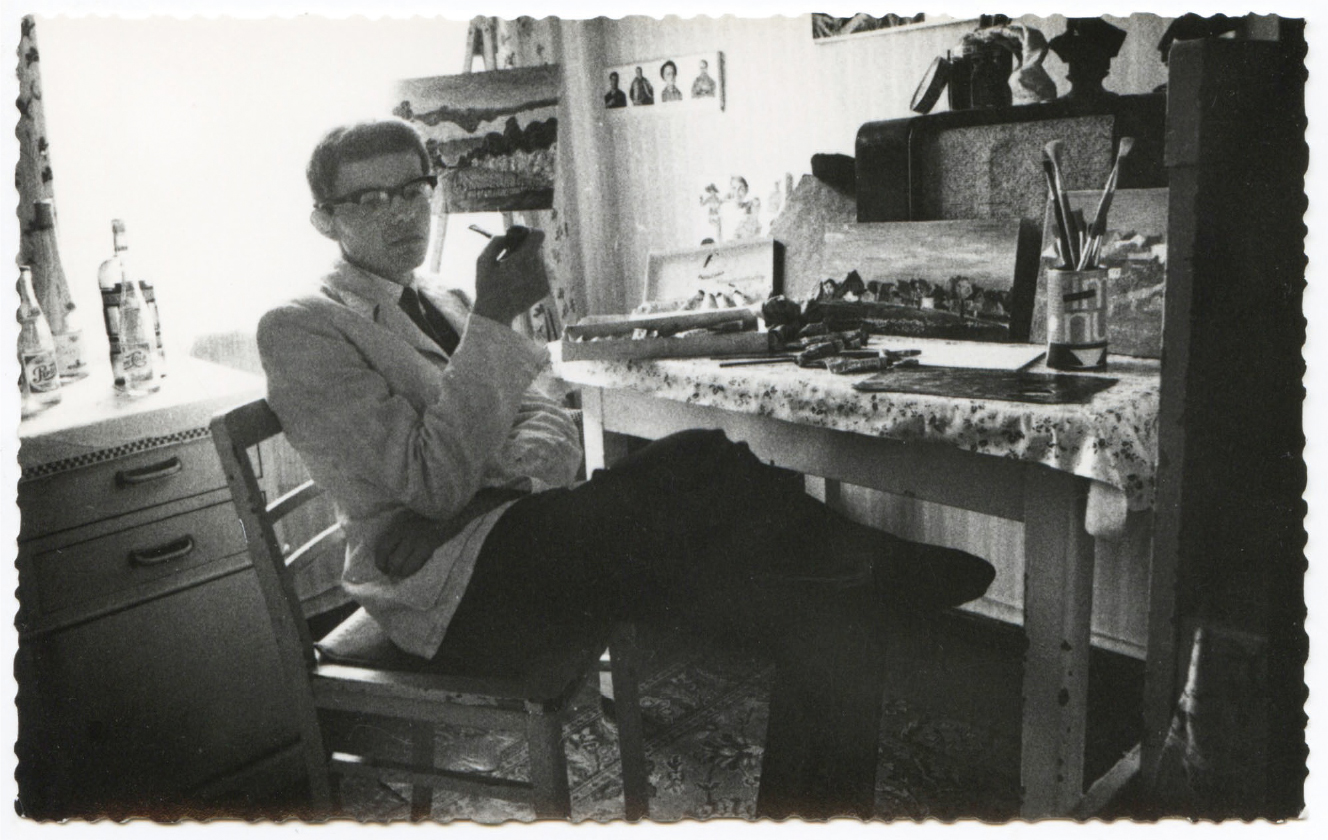

Apprenticeship as offset retoucher until 1967. During this period, Schade met the painter Lutz Friedel. With Lutz Friedel, Schade managed to visit the German National Library in Leipzig. In light of the sparse art book landscape in the state- run bookshops, the German National Library was a revelation for the artist
His library experience, learning about the works of Rembrandt, Velasquez, van Gogh, Gaugin and Modigliani, as well as the lifestyles of these artists, radicalised his life for art. He developed a close friendship with Lutz Friedel, and the two artists practiced plein air painting for two years in the environs of Leipzig.
![]()
![]()
For E. Munch · 1976 · Charocal, chalk 64 x 49 cm
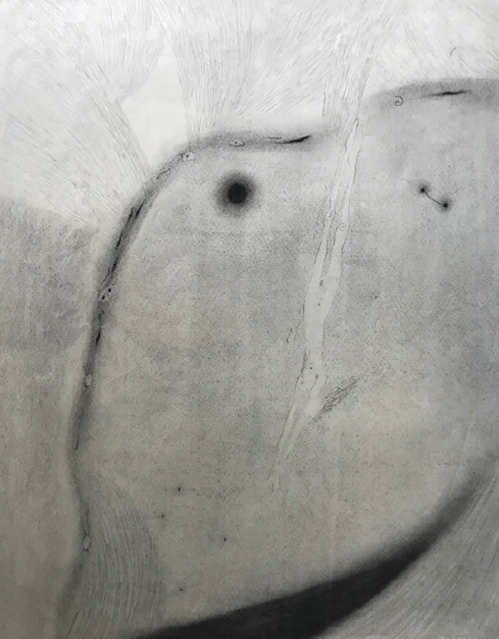

In 1965
Schade was accepted at the “evening academy” of the Hochschule für Grafik und Buchkunst (Academy of Fine Arts Leipzig, HGB). After one year, he submitted his application for taking the HGB entrance examination. He passed the examina- tion and was enrolled. During the entrance examination, which took place over a period of several days, he met Thomas Ranft and Lutz Dammbeck. Ranft intro duced Schade to Günter Huniat and the Jewish painter Gil Schlesinger. Through Thomas Ranft, Schade also made contact with the Christian community in Leipzig and enthusiastically learned about anthroposophy and the ideas of Rudolf Steiner.
1967Began studying at the HGB. The 5 years of study were strongly focused on the doctrines of socialist realism. At the HGB’s small library, he was able to gain insight into the capitalist art scene. He learned about Joseph Beuys, Wolf Vostell and Klaus Rinke and discussed their work with friends in Leipzig’s bars. Not only painting, but also graphic arts and photography played a major role in the study programme. In this context, he learned about book design and photography techniques and, in his student years, was eventually able to earn a bit of extra money as a graphic artist for trade fair design.
![]()
![]()
The first "Male Nude of the GDR". Publication in "The Magazin", a journal for cultur & way of life, Schade poses between the parts of the Mende fountain on the campus of the university for Graphic and Book Art, Leipzig (HGB). The photography student became exmatriculated after the release.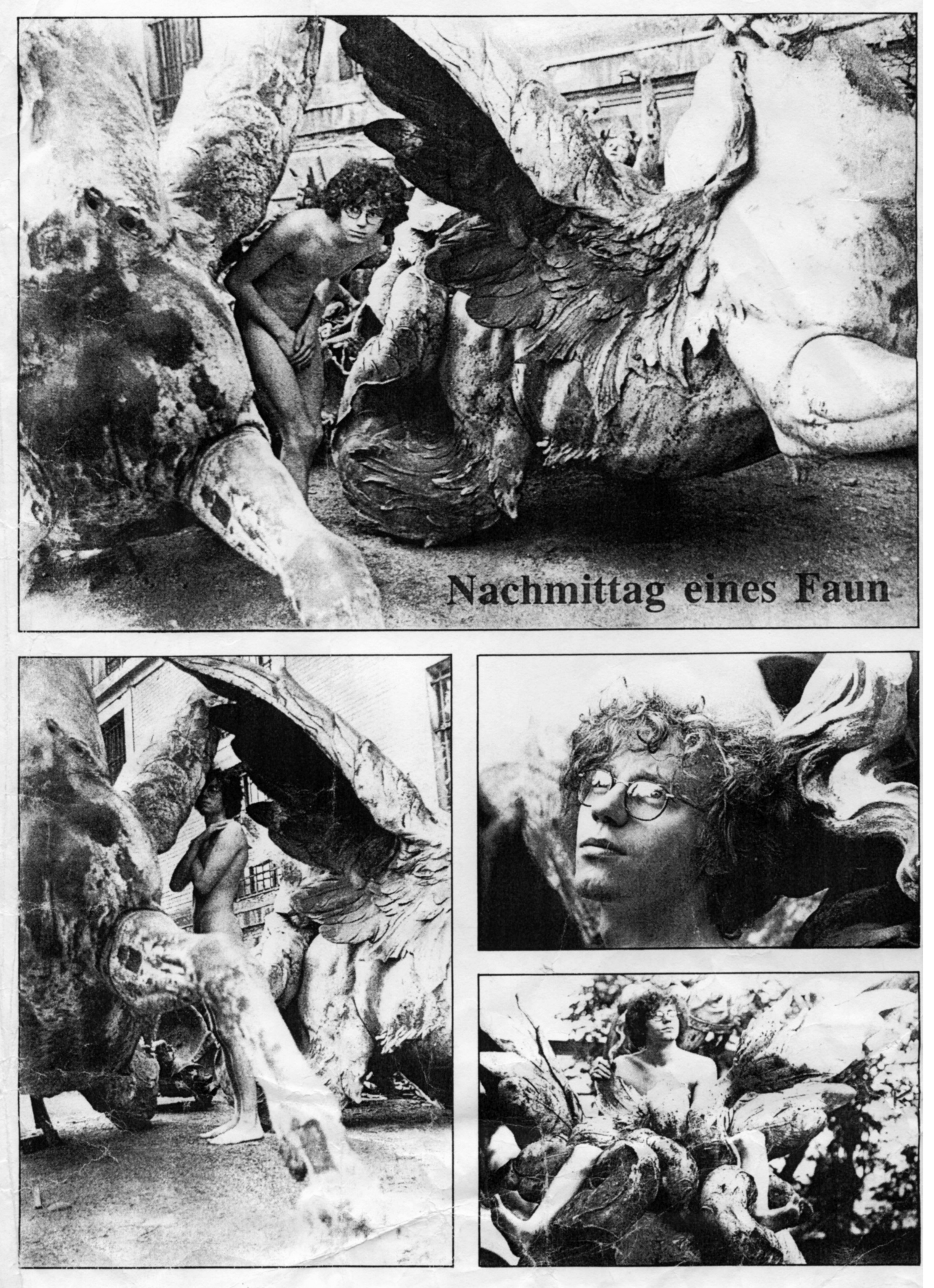

Graduation with a double diploma in art and trade fair design. Conscripted into the National People’s Army of East Germany for 11⁄2 years. During this army period, Thomas Ranft, who had since relocated to Karl-Marx-Stadt (present-day Chemnitz), sent etching plates, which resulted in a series of etchings on Lorca.
1974
After hearing Ranft’s descriptions of the opportunities in Karl-Marx-Stadt, Schade decided to move there at the end of his army service. It was only with great difficulty that he managed to get a room in Adelsberg. This is where he created the first of his “Black Drawings” (“Schwarze Zeichnungen”), which were still in the style of art nouveau.
1975First experiments with his father’s film camera. Changed name to Schade-Adelsberg.
His work in this period was characterised by performance activities and multimedia concepts. Founded the artist group “Sinngrün” together with Thomas Ranft.
(The group disbanded after one year.)

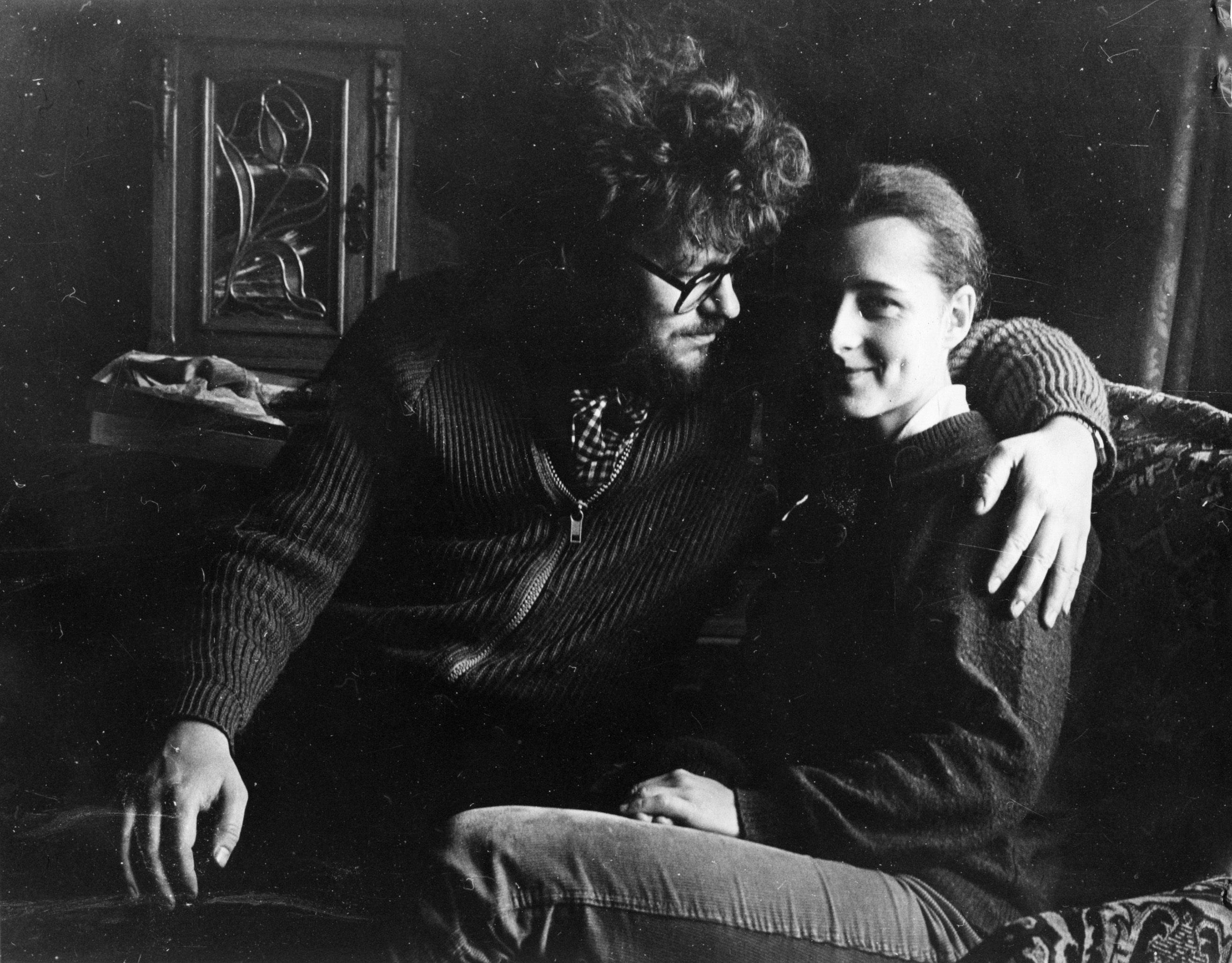


Artist session at the appartement of Kozik in Chemnitz/Adelsberg // Postcard of CLARA MOSCH artist group
1976
Co-founded the artist group and cooperative gallery Clara Mosch; in addition, Schade and Thomas Ranft founded the artist duo Berghäusler and staged several performances; e.g. We’re Weaving Our Shroud (Wir weben unser Leichentuch) with 100 metres of linen, two sewing machines); after the cooperative gallery Clara Mosch was founded, the East German Ministry for State Security (“Stasi”) began planning and working on the disintegration and destruction of the group.
1979First exhibition of the “Black Drawings” (“Schwarze Zeichnungen”) at the Galerie Arcade in Berlin and first public performance in East Germany entitled The Black Breakfast (Das schwarze Frühstück) in the window of the gallery
![]()
„The Black Breakfast“ Gallery Arkade, Berlin


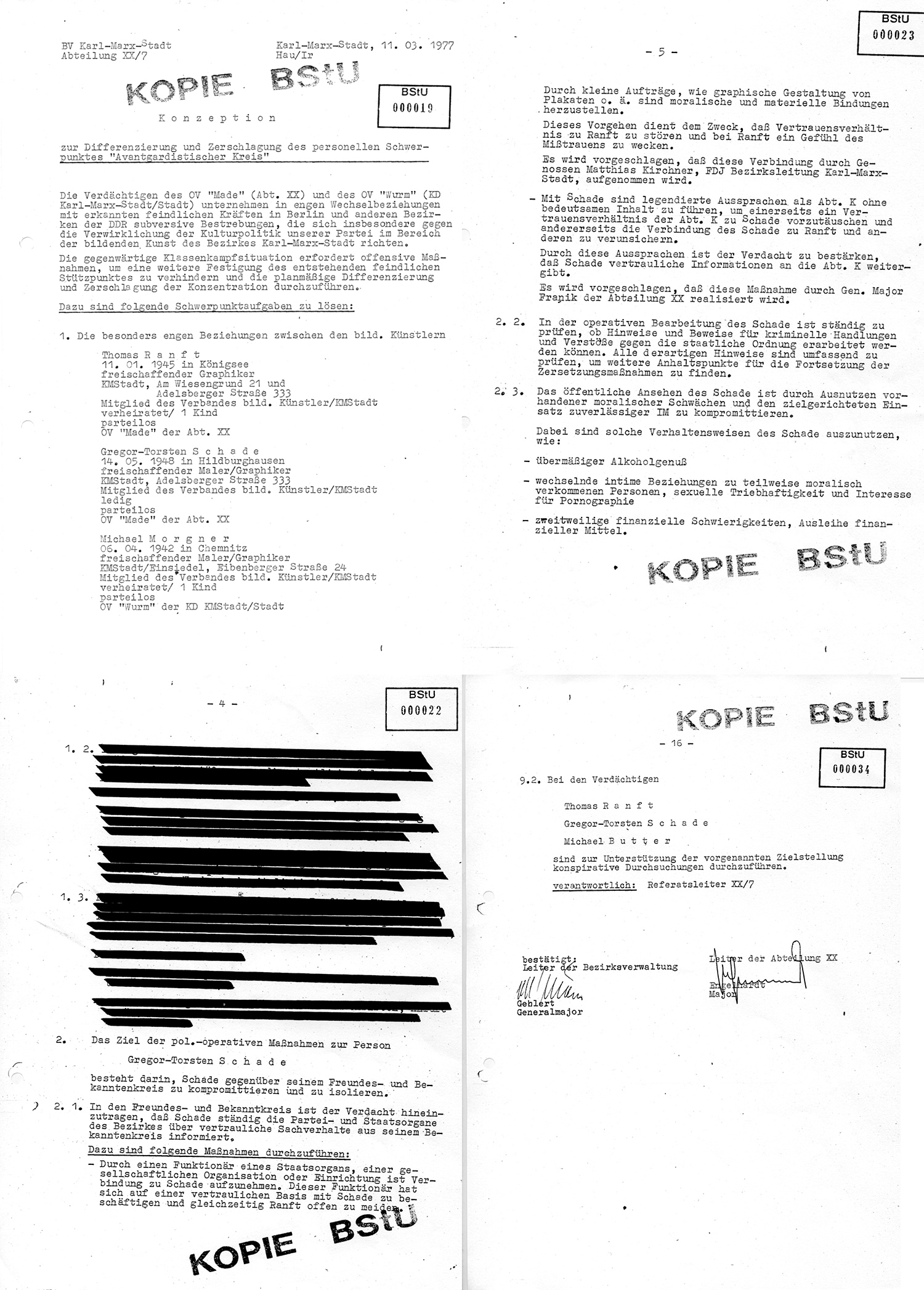
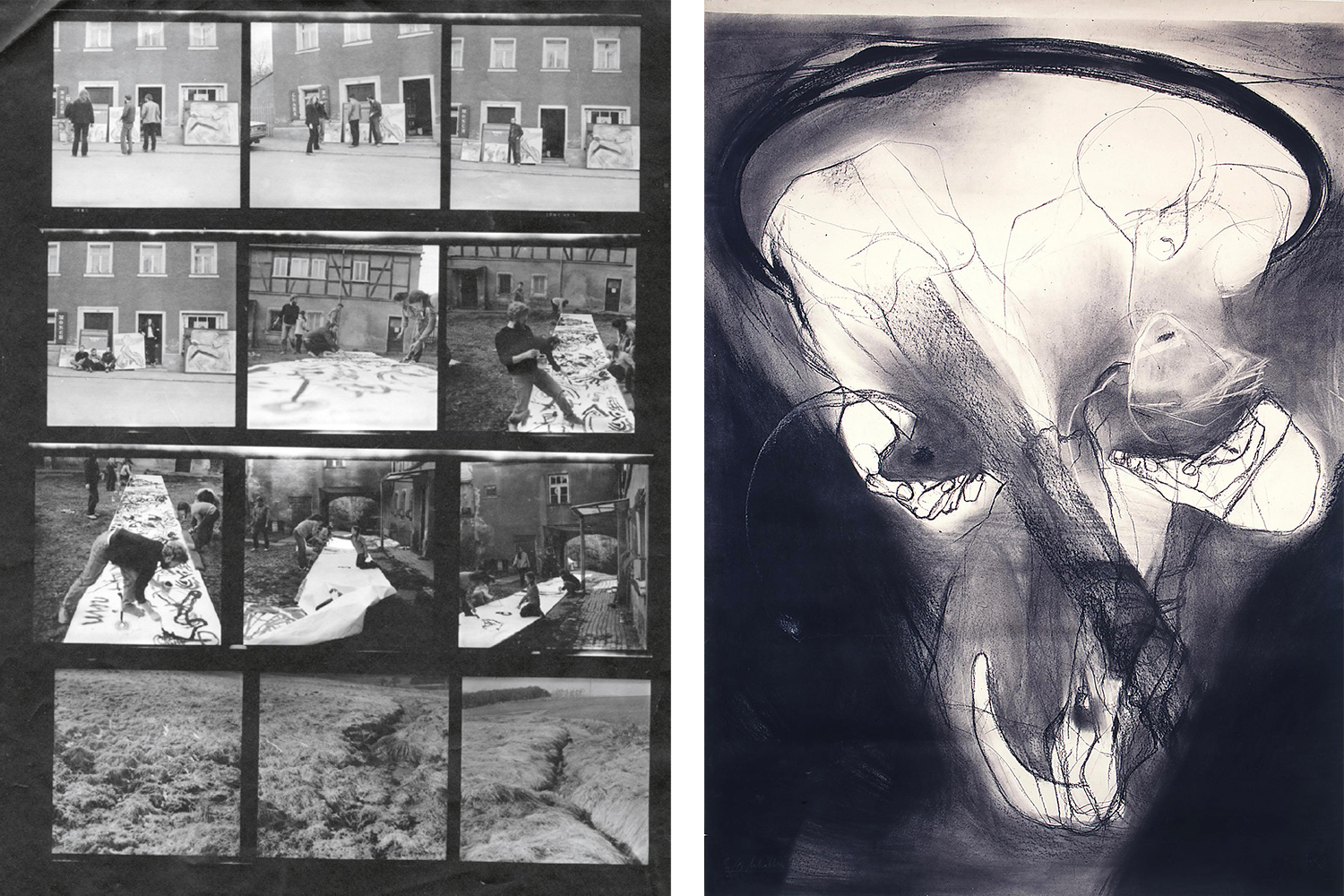 5 years of Clara Mosch, painting on an abdominal belt // „Gewichtung“, 1982, 209 x 158 cm, charocal, chalk, graphit on laid paper
5 years of Clara Mosch, painting on an abdominal belt // „Gewichtung“, 1982, 209 x 158 cm, charocal, chalk, graphit on laid paper1980
Marriage to Vera-H. Kozik; changed name to Gregor-Torsten Kozik; environment The Night (Die Nacht) with Michael Morgner, room installation with objects and pictures on a theatre play of the same name by A. Fugard at the Staatstheater Dresden (state theatre); development of the Harlaß-Projekt and photography work at the Harlaß factory in Chemnitz with support from the photographer R. R. Wasse.
 „Harlaß-Project“ at the Museum Ludwig / Oberhausen
„Harlaß-Project“ at the Museum Ludwig / Oberhausen1981
Performance Bald Heads (Glatzköpfe) at Galerie Oben with Thomas Ranft and two hairdressers; the performance satirised the Soviet Army’s entry into Poland; plein air painting in Gallenthin on Lake Schwerin; meeting with young writers, guests include Gerhard and Christa Wolf; Christa Wolf read from the drafts of her novel Cassandra.
![]()
Farewell party for AR Penk moving to west-germany Performance „Bald Heads“ with Thomas Ranft
Performance „Bald Heads“ with Thomas Ranft1982
First large-format drawings (black charcoal, chalk, graphite, 200 x 160 cm)
![]()
Woodcut with H. Brockhage // Performance „loss of heat“ with Vera Kozik at Gallery Schmidt RottluffParticipation in the exhibition “Time Comparison” (“Zeitvergleich”), the first larger art exhibition with works from East German artists; as prize-winner of the exhibition “100 Selected Graphic Works from the GDR” (“100 ausgewählte Grafiken der DDR”) travelled to the exhibition of the same name in Paris.
1985After numerous performance activities, Kozik decided to focus on his drawing work; he also opened up to painting through commissions for two larger murals. Kozik began woodcarving; creation of large wooden walls – sculpted with a chainsaw; exhibition in Berlin at Galerie unter den Linden with Hans Brockhage and in Hamburg at Galerie Atelier 1; the internationally known West German collector Peter Ludwig purchased his first works from Kozik.
Exhibition “Five Artists from the GDR” (“Fünf Künstler aus der DDR”) in West Berlin, Neuer Berliner Kunstverein
1986 Lived and worked in Kirchbach/Oederan near Chemnitz; trip to Baghdad/Iraq for the First Baghdad International Festival of Art with the painter Stefan Plenkers
![]()
Joscha &Pola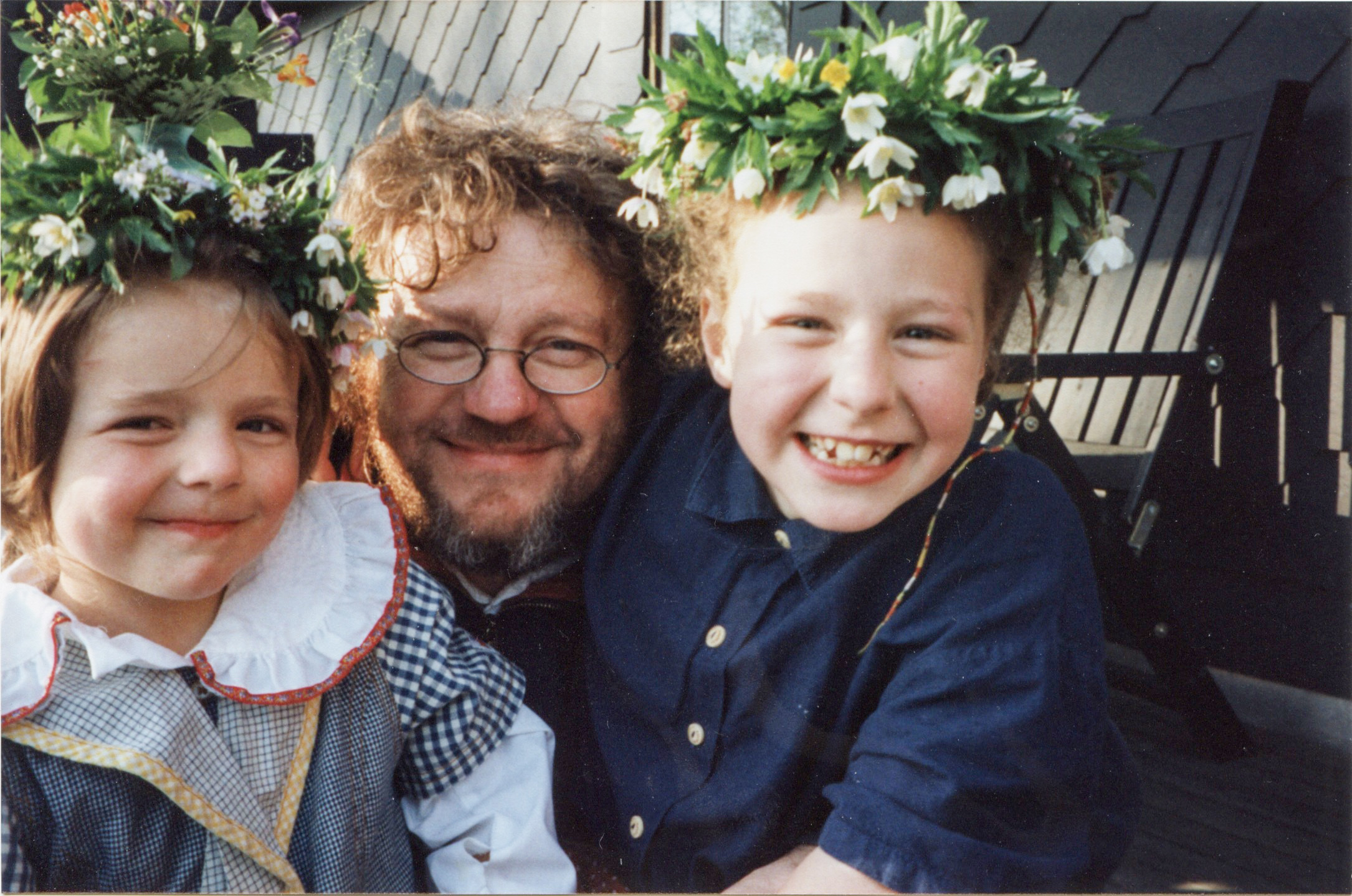
1987
Birth of daughter Pola; collector Peter Ludwig purchased the installation Harlaß-Projekt
1988 Creation of first steel objects
1989Altar-like steel objects with roll drawings and the steel sculpture Not being able to flee is the heart of difficulty (Nicht fliehen können ist das Herz der Schwere); birth of daughter Jasha in November
![]()

„Die Angst des Weißen Mannes“, oil on canvas // „Haifischfreunde und andere Geister“, oil on canvas
Sound experiments, performance Iron Age (Eisenzeit) with Vera Kozik at the Städtisches Museum Chemnitz; creation of three-part steel sculpture Paradise Remains Closed (Das Paradies bleibt verschlossen)
1991Father, Karl Schade, suffered fatal accident; performance Shields (Schilde) with Frank Maibier
1992While reviewing his own Stasi files, Kozik discovered that the photographer R. R. Wasse had been an informant in and on the Clara Mosch group; creation of paper sculptures and mural reliefs from paper
pulp entitled “Blaze” (“Lohen”)
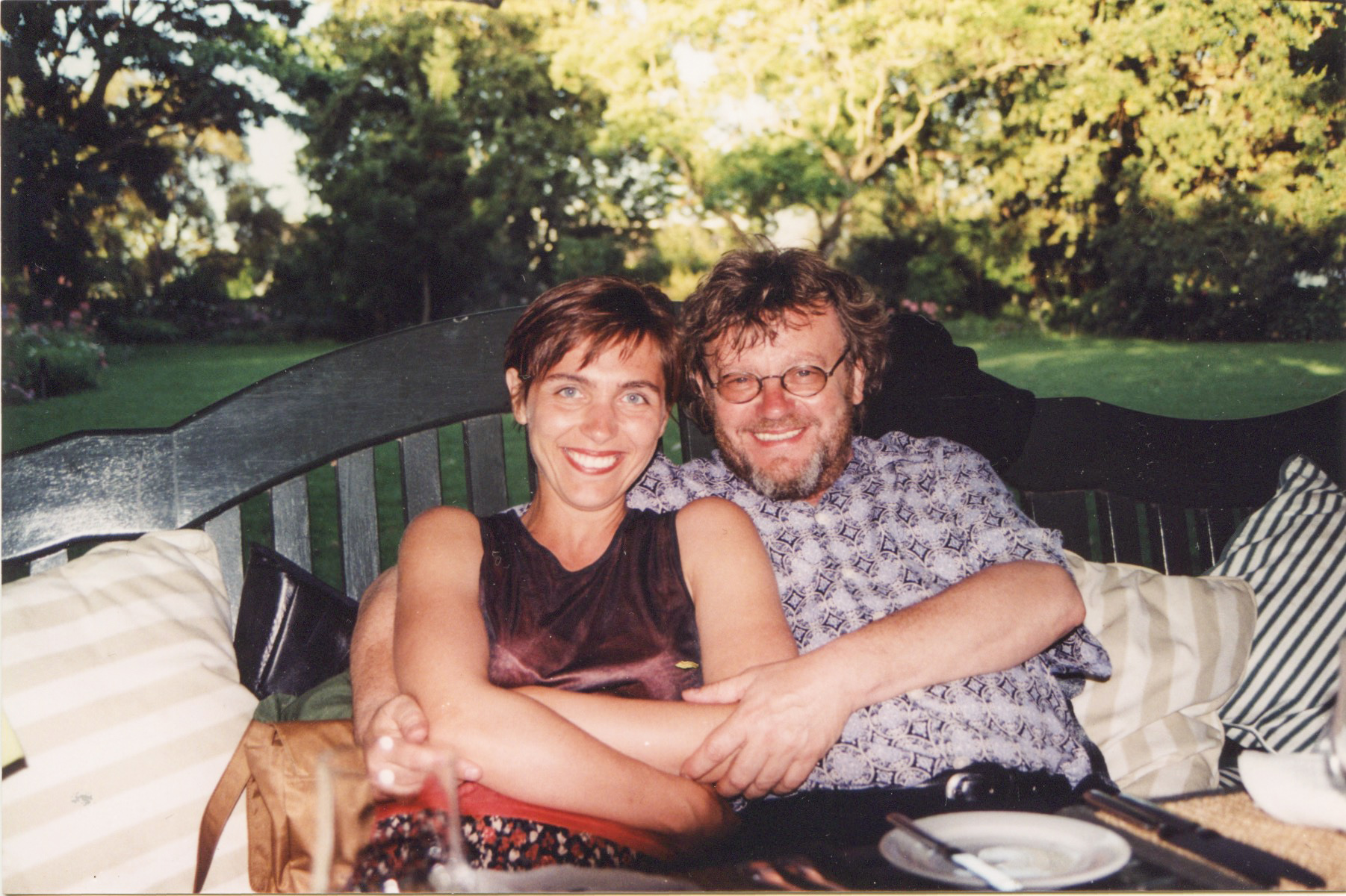
1994
Kozik met Annekatrin Schönert and began painting ceramics and producing ceramic objects once again at the Keramikwerkstatt Waldenburg.
![]()
At family Böttcher in Cape Town // „Blutbrunnen“, 1997, Installation (Pump + Sound) Kunsthaus DresdenDivorce from Vera H. Kozik; creation of performances, steel-fire-water installations, videos, texts and poetry, percent-for-art projects on buildings (Kunst am Bau), woodcuts, oil paintings and ceramics; study tour to South Africa; artist-in-residence at the Walter Bischoff Gallery in San Jose, California, USA
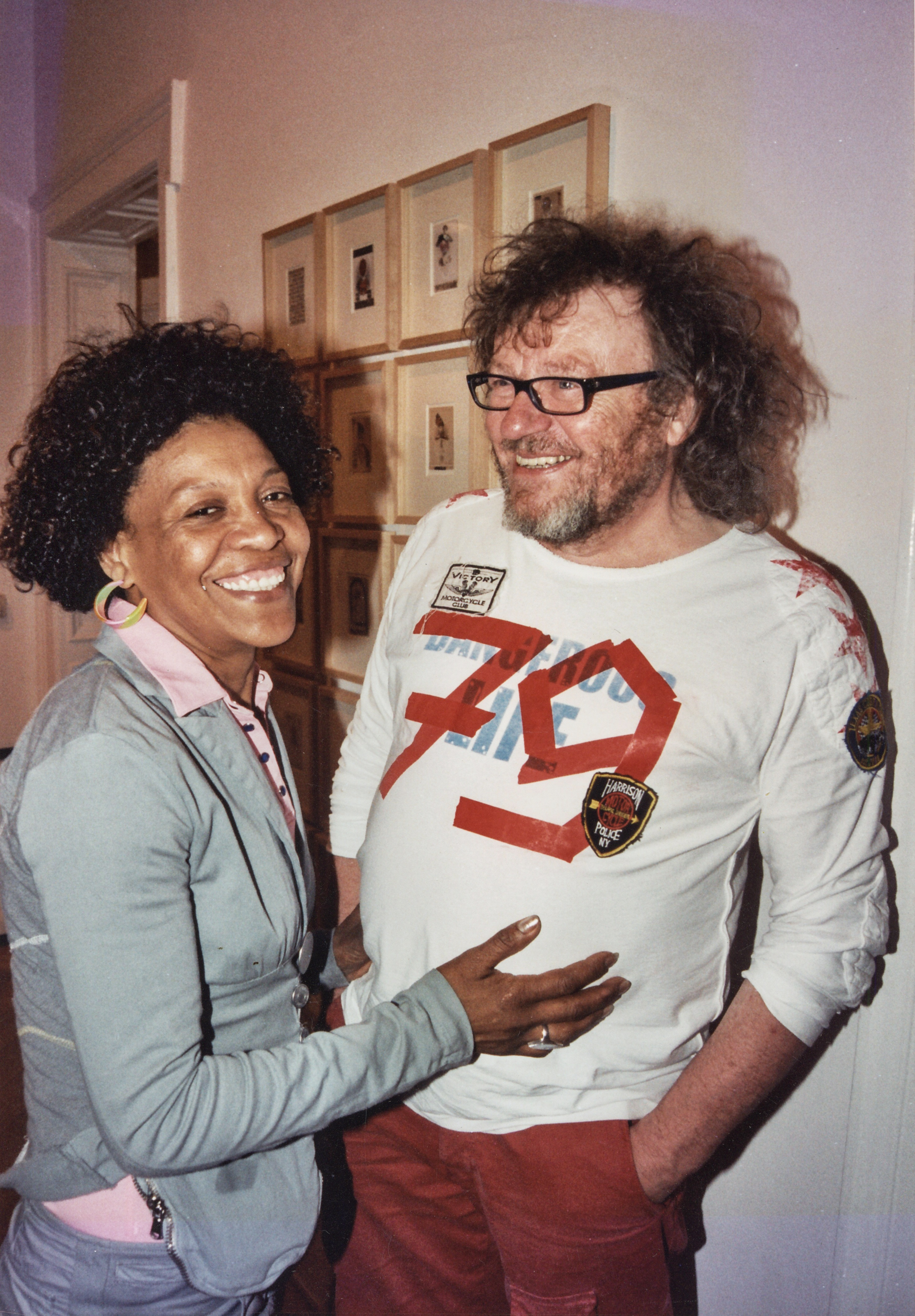
1999
Kozik met Nuvia M. Ollarves.
2000Trip to New York for attending a performance of the Chemnitz Opera „Weg der Verheißung“, Kurt Weil; exhibition “You – for Rose Ausländer” (“Du – für Rose Ausländer”) at the Goethe Institute; started work on the trilogy “Open Workshop” (“offene Werkstatt”), part 1 “Ark without Noah” (“Arche ohne Noah”), colour mural (3.50m x 18m) on the subject of Christianity, Zwickau; part 2 “The Grail”
(“Der Gral”, on the European search for meaning), colour mural (4m x 18m), Leipzig. Kozik met Mathias Pfalz, who enabled him to produce his first light sculptures from fibreglass at the company Fiber-Tech.
![]()
At the World-Trade-Center New York, on the occasion of the exhibition “You – for Rose Ausländer"
2001
Started work on light objects with a commission from Schmidt-Bank, Chemnitz; creation of a 6-metre-wide disc with a computer-controlled lighting system; large light sculpture Genome (Genom) from fibreglass in cooperation with the company Fiber-Tech, Chemnitz; seven light stelae made of solid, 6-metre-high Plexiglas rods; part 3 of the trilogy “Open Workshop” (“offene Werkstadt”): “Cloths without Sweat” (“Tücher ohne Schweiß”, the mysticism of the Sufis) colour mural and black-and-white drawing, (4m x 23m), Chemnitz
![]()
„the lunarian smile“,2001, Plastic film fixed in a steel frame, transparently painted, computer-controlled lighting technology2002
Chemnitz Museum of Industry, “Night Fishing with Picasso” (“Nachtfischen mit Picasso”), presentation of three sound works with video installations by Kozik
2003France, Städtisches Museum Mulhouse
2004For the matinée “10 Years of Art for Chemnitz” (“10 Jahre Kunst für Chemnitz”) at the Opernhaus Chemnitz, Kozik created a performance with three dancers; he produced a video clip for the piece; the composer Steffen Claußer wrote the 10-minute piece Every Moment ( jeder Moment) for him, and with the choreographer Torsten Händler, he created the performance; the Robert- Schumann-Philharmonie under the baton of Niksa Bareza provided live accompaniment to the performance.
2006Leipzig, the light sculpture Wave and Particle (Welle und Teilchen) was installed at the new building „LNW“ (laboratories for the natural sciences) of the Leipzig University of Applied Sciences (HTWK Leipzig); Düsseldorf, creation of the light sculpture Having and Being (Haben und Sein) for the main entrance of the Metro AG headquarters; the sculptural wall was created with transparent fibreglass in cooperation with the company Fiber-Tech, Chemnitz.
![]()
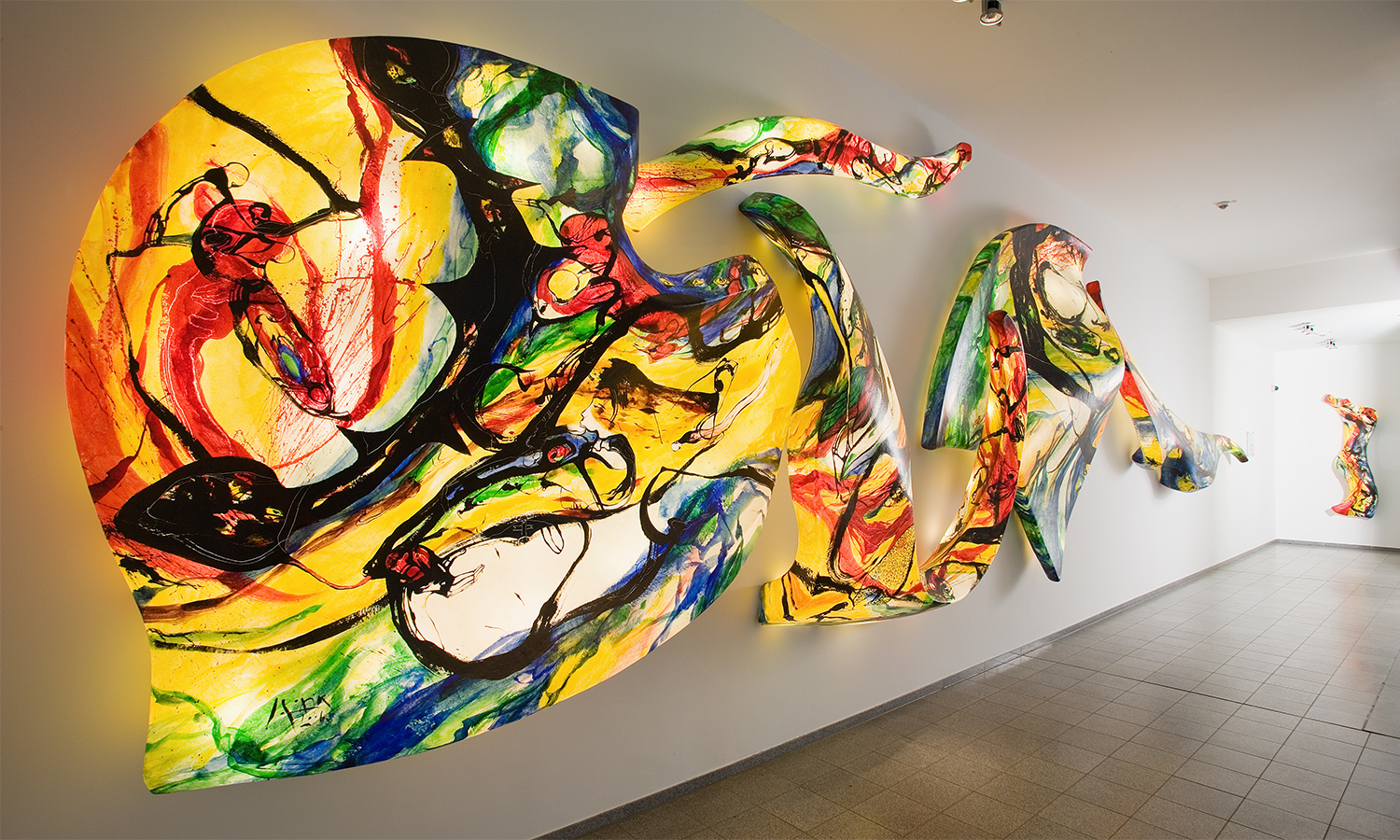
Lichtinstallation Foyer Metro Konzernzentrale Düsseldorf
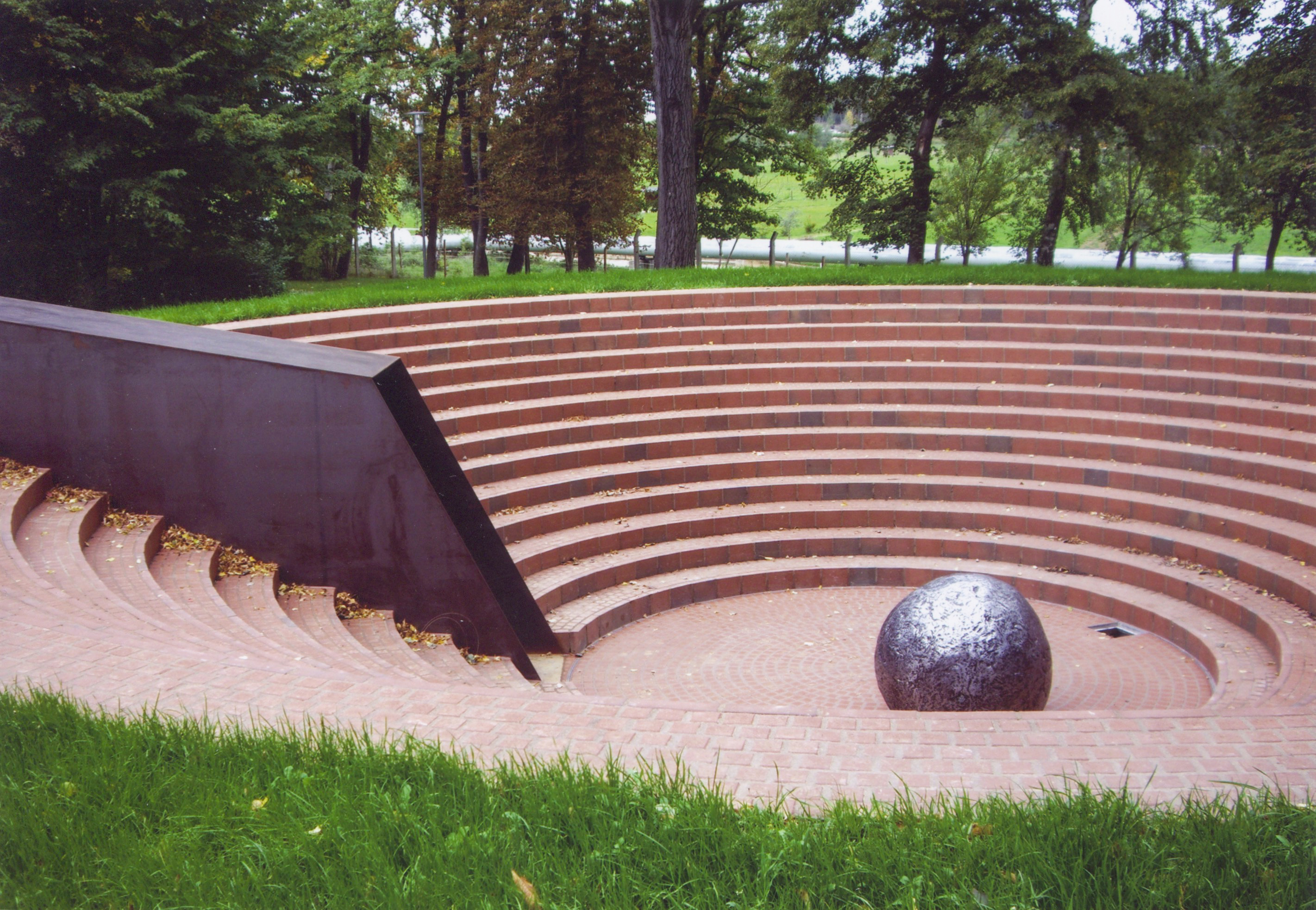
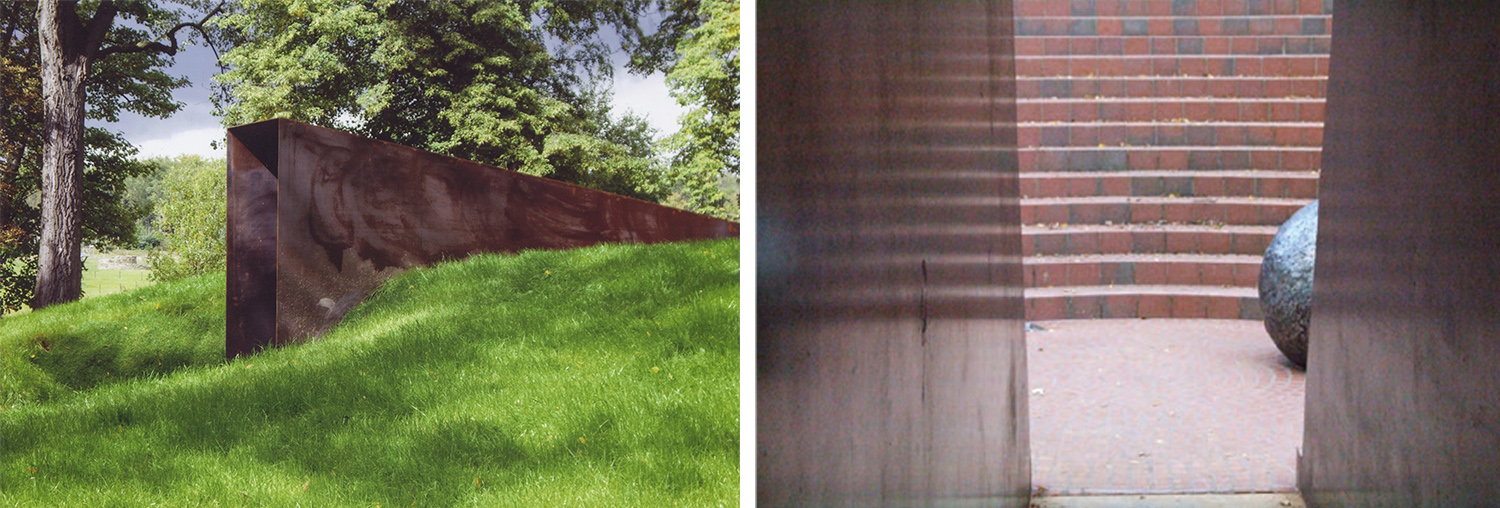
2007
Extended period of work abroad in Venezuela; light sculpture Reflect (Reflekt); light sculpture Alternation for the market square of Mittweida; memorial sculpture »Gedenkstätte für die Opfer von Euthanasie« Chemnitz/Altendorf, Flemmingstraße, with Frank Maibier.
2008Light sculpture Spin at the Mittweida Library; Heck-Art Galerie Chemnitz, room sculpture In the Belly of the Painter (Im Bauch des Malers); Chemnitz, Galerie Oscar im Weltecho, installation Man Reflects – God Directs (Der Mensch denkt – Gott lenkt); Chemnitz, Alte Aktienspinnerei, creation of a mural on the exterior wall with the artists Steffen Fischer, TM Rothschönberg and Angela Hampel; Chemnitz,
Neue Sächsische Galerie in the cultural centre DAS TIETZ, installation; installation, room sculpture meru – India Project (meru – Indien-Projekt), Museum of Contemporary Art, Villa Haiss, Zell am Harmersbach; Mt. San Antonio College Art Gallery, Walnut, California; light sculpture for the Chamber of Commerce and Industry Chemnitz.

2010
G.-T. Kozik co-founded the fashion label “Germens” with Rene König.
Their first products were men’s shirts with designs that combine art and fashion.
2011Belgium, Galerie Munsterhuis, aluminium sculptures
2012Karlovy Vary, Czech Republic, Alina Art Gallery
![]()
„Genom“, Light sculpture, 5 x 4 x 4 m2013
Zella-Mehlis, Galerie im Bürgerhaus; Herford, AC Galerie Tholen in the Elsbach-Haus, exhibition “Collaboration = Art+Fashion” (“Kollaboration = Kunst+Mode”
2014Stadtmuseum Hildburghausen; Frankfurt am Main, Kunstraum Bernusstraße, “Clara Mosch”; Chemnitz, Augustusburg Castle; exhibition Kulturraum Mittelsachsen
2015Albstadt, Galerie Albstadt, “Clara Mosch 1977 – 1982, Art in the GDR between Repression and Self-Determination” (“Clara Mosch 1977 – 1982, Kunst in der DDR zwischen Repression und Selbstbestimmung”); Chemnitz (Rabenstein), opening of the “Germens” flagship store
2016Cottbus, Kunstmuseum Dieselkraftwerk Cottbus, “Clara Mosch 1977 – 1982, Art in the GDR between Repression and Self-Determination”
(“Clara Mosch 1977 – 1982, Kunst in der DDR zwischen Repression und Selbstbestimmung”
2017Erfurt, Angermuseum Galerie Klinger; study tour to Thailand
2018Chemnitz, Heck-Art-Galerie, Angel and Apocalypse (Engel und Apokalypse), mixed media on canvas, 3m x 5m with Dagmar Zemke; Chemnitz, Galerie Oscar e.V. Weltecho, “Cloths without Sweat” (“Tücher ohne Schweiß”), 4m x 27m drawings and an aluminium sculpture „The Last Prey“ (Die letzte Beute)
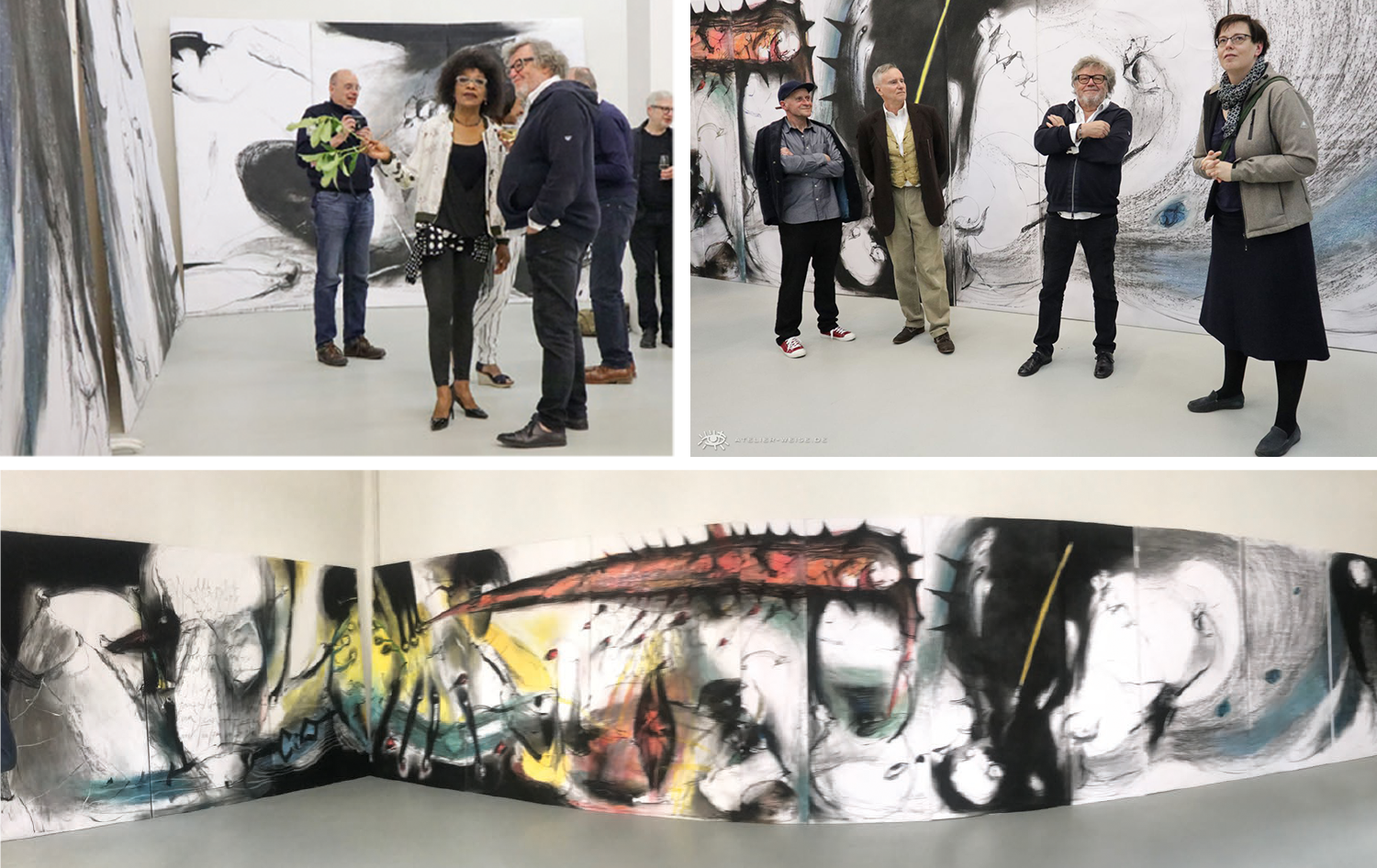 „Tücher ohne Schweiß“, (the myth of Islam, 2000, Gallery Oscar at Weltecho, Chemnitz, 2018
„Tücher ohne Schweiß“, (the myth of Islam, 2000, Gallery Oscar at Weltecho, Chemnitz, 2018



